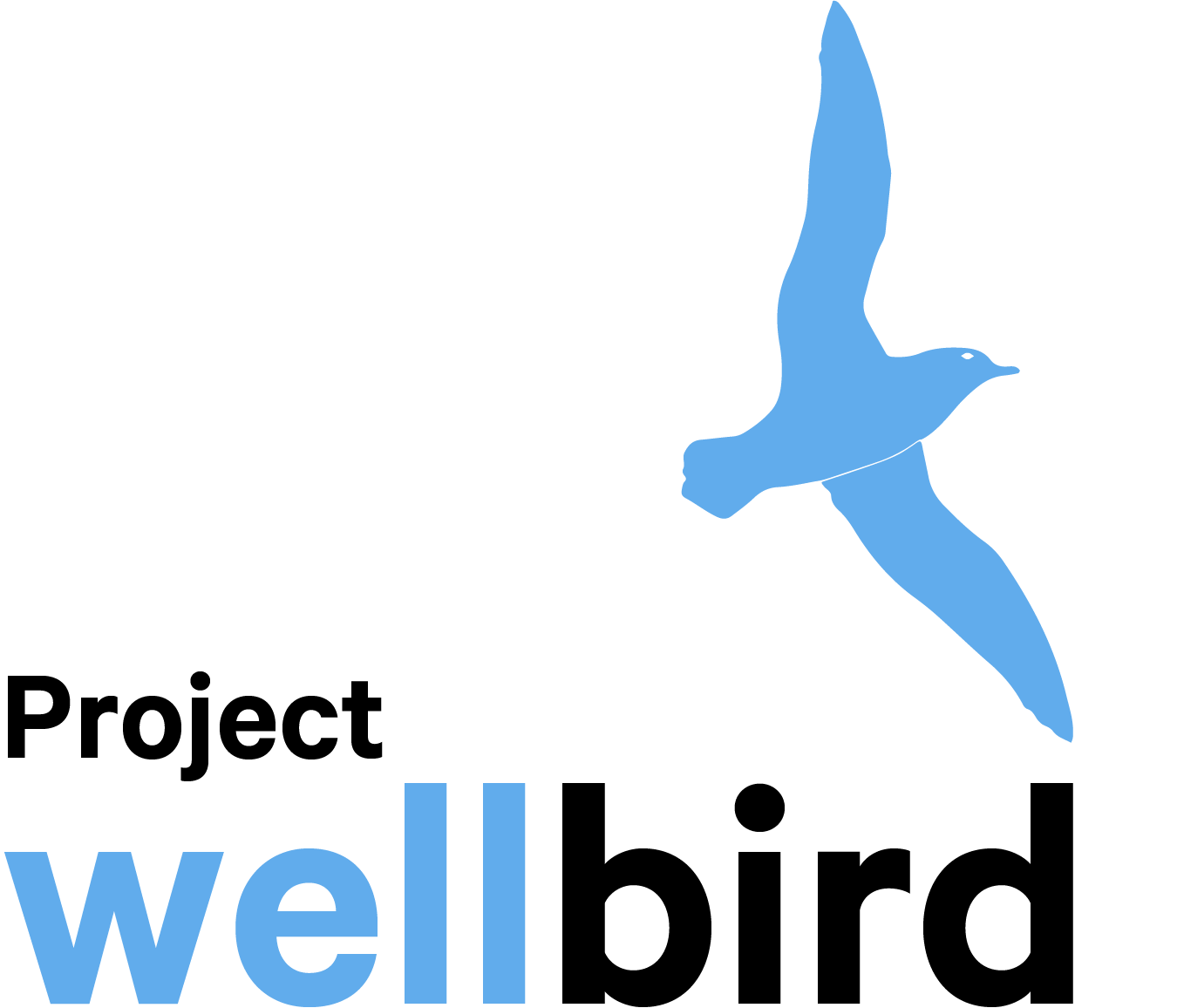
Red-Billed Gull
On The Brink
Red-billed gull/tarāpunga numbers have fallen so rapidly that the species now appears on threatened species lists classified as at At-Risk. Numbers have dropped sharply at breeding colonies, and are expected to plummet 50-70% over the next three decades. Experts state the threatened red-billed gull is severely at risk, with just 27,800 breeding pairs remaining nationwide, and the main offshore breeding colonies suffering losses of 80-100%. The fact that populations have plummeted at predator-free offshore island safe havens, highlights that it is the swiftly changing marine ecosystem that is driving dramatic declines.
Kaikōura Colony
Red-billed gulls have three main breeding colonies - Three Kings Islands, Mokohinau Islands, and Kaikōura Peninsula. At two of them, populations have almost collapsed. The largest remaining, and fastest declining, colony is in Kaikōura. Kaikōura is a stronghold for the species and considered a last bastion.
The Kaikōura colony is one of the longest studied in the world, having been researched for 60 years by biologist James Mills. The Kaikōura colony has undergone significant changes, fragmenting and disappearing.
As red-billed gulls are a long-lived species, it can take decades before significant changes in numbers are evident, which has been apparent in the Kaikōura colony since the 1980s with a 51% population loss, which has increased every decade since. With the current rate of decline, it is likely the Kaikōura population will collapse.
Kaikōura is a biodiversity hotspot and seabird capital. If a once common species can decline so rapidly, what is this saying about the state of our oceans? We know that all seabird species are now subject to starvation, as are fur seals, whilst whales are displacing - a red flag for our marine ecosystem.
Reduced Prey Availability
Climate change is a key issue, with rising sea surface temperatures driving changes in prey availability. Overfishing is a compounding threat, with large predatory fish removed from the food chain, which are vital for pushing prey within reach of surface-feeding seabirds.
Decreased access to natural food sources due to human activity, is resulting in fewer krill and shoaling fish being brought to the sea surface. The impacts of decreased prey availability result in decreased ocean productivity.
Red-billed gulls are at a particular disadvantage, being a highly specialised species reliant on krill upwellings. Being non-diving seabirds, they can only feed on readily available prey off the sea surface and have no way to access krill if it is not brought up by cool currents or in ‘work ups’ by larger fish pursuing prey. This results in increased foraging effort and decreased foraging success, resulting in poor body condition, starvation and death.
Starvation Impacts
Due to changing conditions at sea, starving gulls have become increasingly reliant on scavenging and are therefore ‘seen’ more in residential areas. This adaptive behaviour is a direct result of reduced food sources and reliance on alternative means of survival. Unfortunately the increased ‘visibility’ of gulls, leads to public misunderstanding that the species is increasing, when the opposite is true - with vast population losses.
Loss of body condition leads to emaciation, high parasite burdens and organ failure, resulting in severely compromised gulls which are easily preyed on by roaming cats and dogs. Starving gulls are less likely to move out of the way of oncoming vehicles in search for roadside food scraps - leading to increased vehicle strike mortality.
Red-billed gulls are a slow reproducing species in which individual adults do not necessarily breed every year. Chicks fledge in poor condition and are inexperienced foragers faced with challenging times, making them highly susceptible to starvation. Few juveniles survive, with even fewer immature gulls surviving to adulthood and becoming part of the breeding population. More adaptable resourceful adults may persist with scavenging in urban environs, but with decreased survival, reduced breeding success and low juvenile recruitment, the population faces ongoing decline.
With low juvenile recruitment there are not enough young birds to replace ageing adult birds. This results in an ageing population of long-lived birds (30 year lifespan) which die without succession, resulting in a sudden and inevitable population crash. This is how local colonies become extinct within a relatively short time span and how a species diminishes in distribution, until it is critically endangered.
Conservation
Red-billed gulls are on the brink because of human actions - with the current rate of alarming decline this taonga species is at risk of extinction. A national plan for long-term monitoring of the red-billed gull population is urgently needed. Increased conservation efforts are vital to alleviate pressures.
Climate-induced fluctuation in the availability of krill, the principal food source of gulls, has a major impact on reproductive success. Addressing climate change at a national and global scale, increasing marine reserve coverage, and relieving fishing pressures are known solutions. A major additional threat is predation from introduced predators such as cats (53%), mustelids and rats. The Kaikōura colony is highly susceptible to predation by feral, stray and pet cats. Responsible cat ownership, and the removal of feral cats from breeding habitat is critical in facilitating survival. Without predator control, the colony would be wiped out within two years.
Raising awareness to facilitate public compassion - advocacy is critical to highlight the plight of the species, which is often wrongly perceived as ‘common’ or a ‘pest’. Due to misinformation, red-billed gulls continue to be much maligned, leading to intentional human harm i.e. wildlife crime.
THE END OF THE EVERYWHERE BIRD
What would the beach be without red-billed gulls? We may be about to find out. Two huge colonies have already gone under and the next biggest, in Kaikōura, is failing fast.
WE MATTER TOO
Conservation efforts tend to focus on the ‘cute and cuddly’, with disproportionate attention on ‘less charismatic’ species. We need to acknowledge that every protected native species has intrinsic value.





